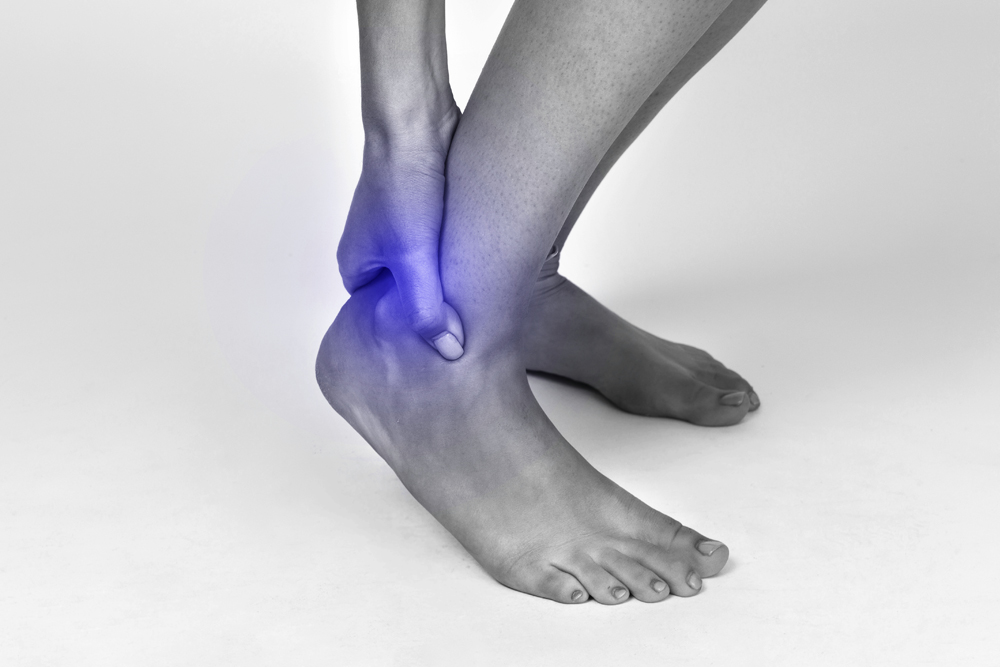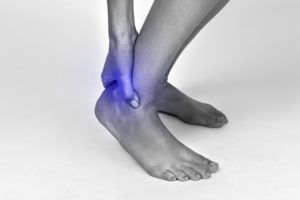
What is posterior tibial tendon dysfunction?
Posterior tibial tendon dysfunction (PTTD) is an inflammation and/or overstretching of the posterior tibial tendon in the foot. An important function of the posterior tibial tendon is to support the arch in the foot. In PTTD the tendons ability to perform this function is impaired and this can often result in flattening of the foot.
The posterior tibial tendon is a fibrous cord that extends from the posterior tibialis muscle in the leg. It descends the leg and runs along the inside of the ankle, down the side of the foot, and into the arch. This tendon serves as one of the major supporting structures of the foot and helps the foot to function while walking.
PTTD is often called “adult-acquired flatfoot” because it is the most common type of flatfoot developed during adulthood. Although this condition typically occurs in only one foot, some people may develop it in both feet. PTTD is usually progressive, which means it will keep getting worse—especially if it isn’t treated early.
What are the symptoms of PTTD?
A typical clinical picture of PTTD reveals diffuse swelling, tenderness, warmth and pain at the medial (inside) aspect of the ankle and along the course of the tendon, into the medial proximal calf region. Patients will notice a progressive collapse of their longitudinal arch, and walking on the inside of the affected foot.
What are the causes of PTTD?
- Trauma
- Poor Foot Biomechanics (excessive pronation)
- Inflammatory Disorders
- Degenerative tendon disease
- Infection
- Anatomical Variations (abnormal insertion point of the tendon)
- Poor Footwear
How is PTTD managed?
- Taping/Orthotic Therapy/Brace
- Activity Modification
- Anti-inflammatory Medications
- Soft Tissue (strengthening & stretching)
- Footwear changes
- Surgery (if in late stages)













